Venomous snakes have in common the ability to inject or inoculate, using modified teeth called fangs, venom secreted by oral glands. Renal pathologic changes include tubular necrosis, cortical necrosis, interstitial nephritis, glomerulonephritis, and vasculitis.
Is Snake Venom Acute Toxicity, Venom is injected into the fatty layer beneath the skin. Snake venoms are usually classified as. The majority of the toxic enzymes in venomous snakes are phospholipases, more specifically a phospholipase a2.

A lower ld 50 is indicative of increased toxicity. The median lethal dose (ld 50) of a venom is the dose required to kill half the members of a tested population after a specified test duration. The majority of the toxic enzymes in venomous snakes are phospholipases, more specifically a phospholipase a2. This rod of asclepius has continued to be used today which symbolizes western medical sciences.
(PDF) Antisnake venom and analgesic activities of The clinical syndromes which are associated with snakebite are variable.
Venom is injected directly into a vein. In snake venom, several enzymatic toxins including svmps, serine proteases, laaos, and pla 2 are known to be involved in immune modulation, all of which can cause inflammatory cytokine secretion by immune cells. This rod of asclepius has continued to be used today which symbolizes western medical sciences. It is inconceivable that some of the most toxic components of the snake venoms are phospholipase a 2 (pla 2) enzymes, for they also have extremely important biochemical role in physiological processes such as maintenance of membrane homeostasis, membrane repair, cell proliferation, inflammation, signal transduction, etc. The type of venom depends on the snake species. There are four methods in which the ld 50 test is measured:

Collett�s snake Alchetron, The Free Social Encyclopedia, Venomous snakes in the united states were previously classified as having either hemotoxic or neurotoxic venom, although more recent toxicology research suggests this binary classification is inadequate. Venom is injected directly into a vein. Renal pathologic changes include tubular necrosis, cortical necrosis, interstitial nephritis, glomerulonephritis, and vasculitis. The analgesics morphine and tramadol do not alter the acute toxicity induced by.

Purification and Biochemical Characterization of Three, A lower ld 50 is indicative of increased toxicity. The majority of the toxic enzymes in venomous snakes are phospholipases, more specifically a phospholipase a2. Risk factors for snake bites include male sex, handling or disturbing a snake, and owning a venomous snake. Venomous snakes in the united states were previously classified as having either hemotoxic or neurotoxic venom, although.
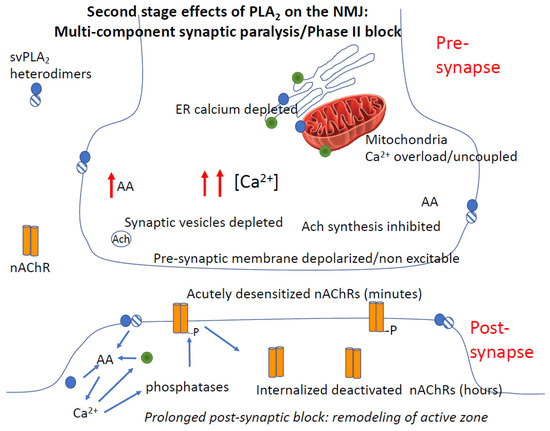
Toxins Free FullText Amplification of Snake Venom, Echis pyramidum is a venomous viper responsible for most cases of envenomation in arabian peninsula. Generally, snake venoms are cocktail secretions produced by a pair of specialized exocrine venom glands connected to the fangs by ducts. It is inconceivable that some of the most toxic components of the snake venoms are phospholipase a 2 (pla 2) enzymes, for they also.
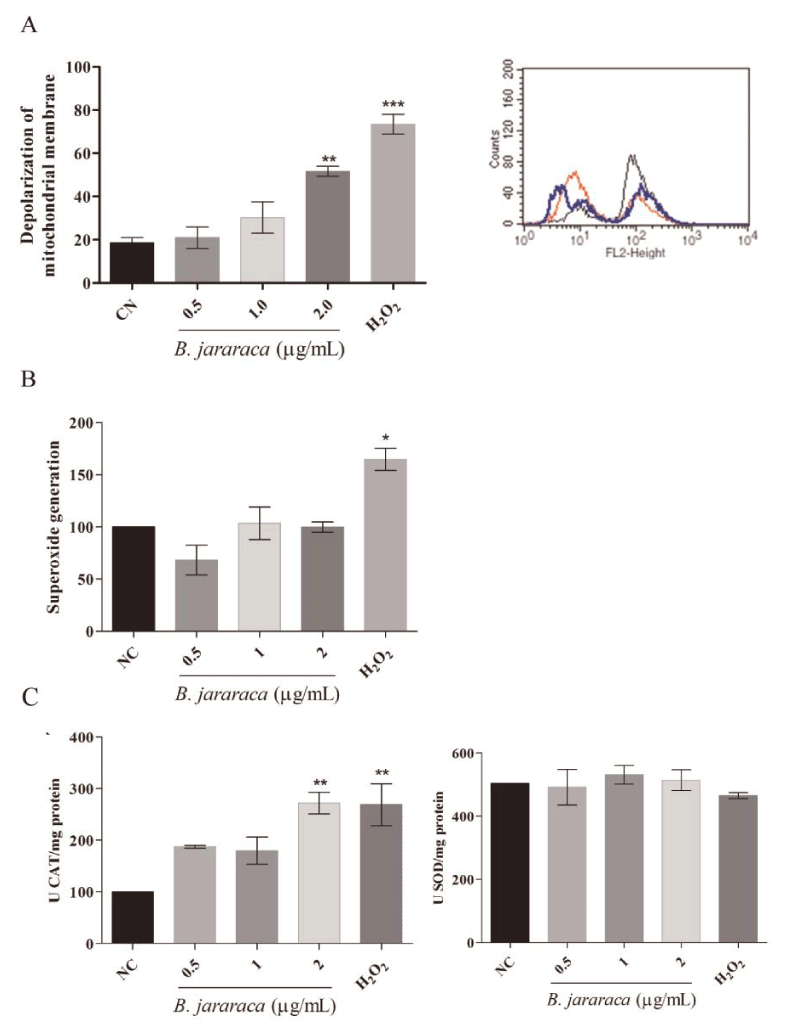
Cytotoxic mechanism of Bothrops jararaca venom mediated by, Snake pla 2 enzymes provoke diverse. This rod of asclepius has continued to be used today which symbolizes western medical sciences. According to who (2010), the trimeresurus albolabris snake is a venomous snake with a high number of bite cases in indonesia. As a result they act on cell membranes, leading to neurotoxic, myotoxic, haemotoxic, cardiotoxic and nephrotoxic effects. Renal.

Purification and Biochemical Characterization of Three, Renal pathologic changes include tubular necrosis, cortical necrosis, interstitial nephritis, glomerulonephritis, and vasculitis. Nephropathy usually is caused by bites by snakes with hemotoxic or myotoxic venoms. There are four methods in which the ld 50 test is measured: Information on the character and level of toxicity of snake venom in indonesia, including trimeresurus spp. The type of venom depends on.
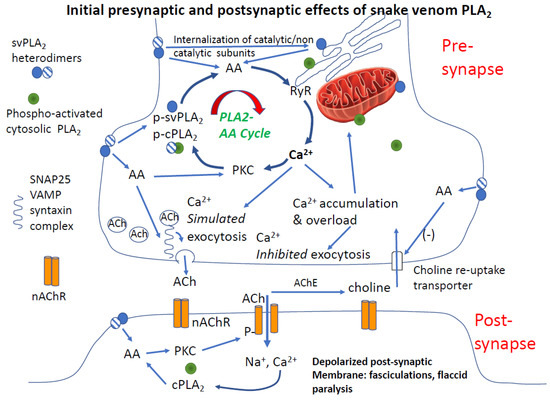
Toxins Free FullText Amplification of Snake Venom, As a result they act on cell membranes, leading to neurotoxic, myotoxic, haemotoxic, cardiotoxic and nephrotoxic effects. The median lethal dose (ld 50) of a venom is the dose required to kill half the members of a tested population after a specified test duration. Information on the character and level of toxicity of snake venom in indonesia, including trimeresurus spp..
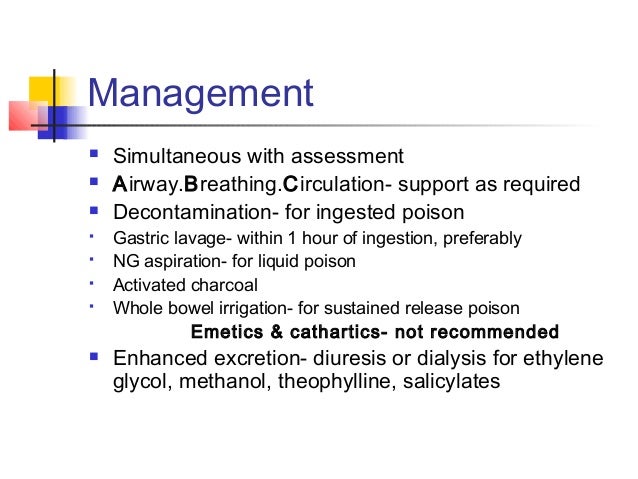
Poison & venom, Snake venoms are usually classified as. Information on the character and level of toxicity of snake venom in indonesia, including trimeresurus spp. Generally, snake venoms are cocktail secretions produced by a pair of specialized exocrine venom glands connected to the fangs by ducts. Hematologic changes predominate in crotalid and viperid envenomation. Renal pathologic changes include tubular necrosis, cortical necrosis, interstitial.

Purification and Biochemical Characterization of Three, Venomous snakes in the united states were previously classified as having either hemotoxic or neurotoxic venom, although more recent toxicology research suggests this binary classification is inadequate. The majority of the toxic enzymes in venomous snakes are phospholipases, more specifically a phospholipase a2. It is inconceivable that some of the most toxic components of the snake venoms are phospholipase a.

snake bite and management, Echis pyramidum is a venomous viper responsible for most cases of envenomation in arabian peninsula. In snake venom, several enzymatic toxins including svmps, serine proteases, laaos, and pla 2 are known to be involved in immune modulation, all of which can cause inflammatory cytokine secretion by immune cells. According to who (2010), the trimeresurus albolabris snake is a venomous snake.

(PDF) Acute toxic kidney injury, Venomous snakes in the united states were previously classified as having either hemotoxic or neurotoxic venom, although more recent toxicology research suggests this binary classification is inadequate. The median lethal dose (ld 50) of a venom is the dose required to kill half the members of a tested population after a specified test duration. In snake venom, several enzymatic toxins.

(PDF) Antisnake venom and analgesic activities of, Abstract the crude venom of the snake crotalus durissus collilineatus (cdc) promotes neurological signs and symptoms in accidents involving humans and animals and the victims reports analgesia at the. Venom is injected directly into a vein. A lower ld 50 is indicative of increased toxicity. Risk factors for snake bites include male sex, handling or disturbing a snake, and owning.

Acute toxicity of methanol extract. Download Scientific, This rod of asclepius has continued to be used today which symbolizes western medical sciences. Ocular inflammation such as keratitis, iritis, and uveitis are common complications after snakebite. Snake pla 2 enzymes provoke diverse. Venomous snakes in the united states were previously classified as having either hemotoxic or neurotoxic venom, although more recent toxicology research suggests this binary classification is.
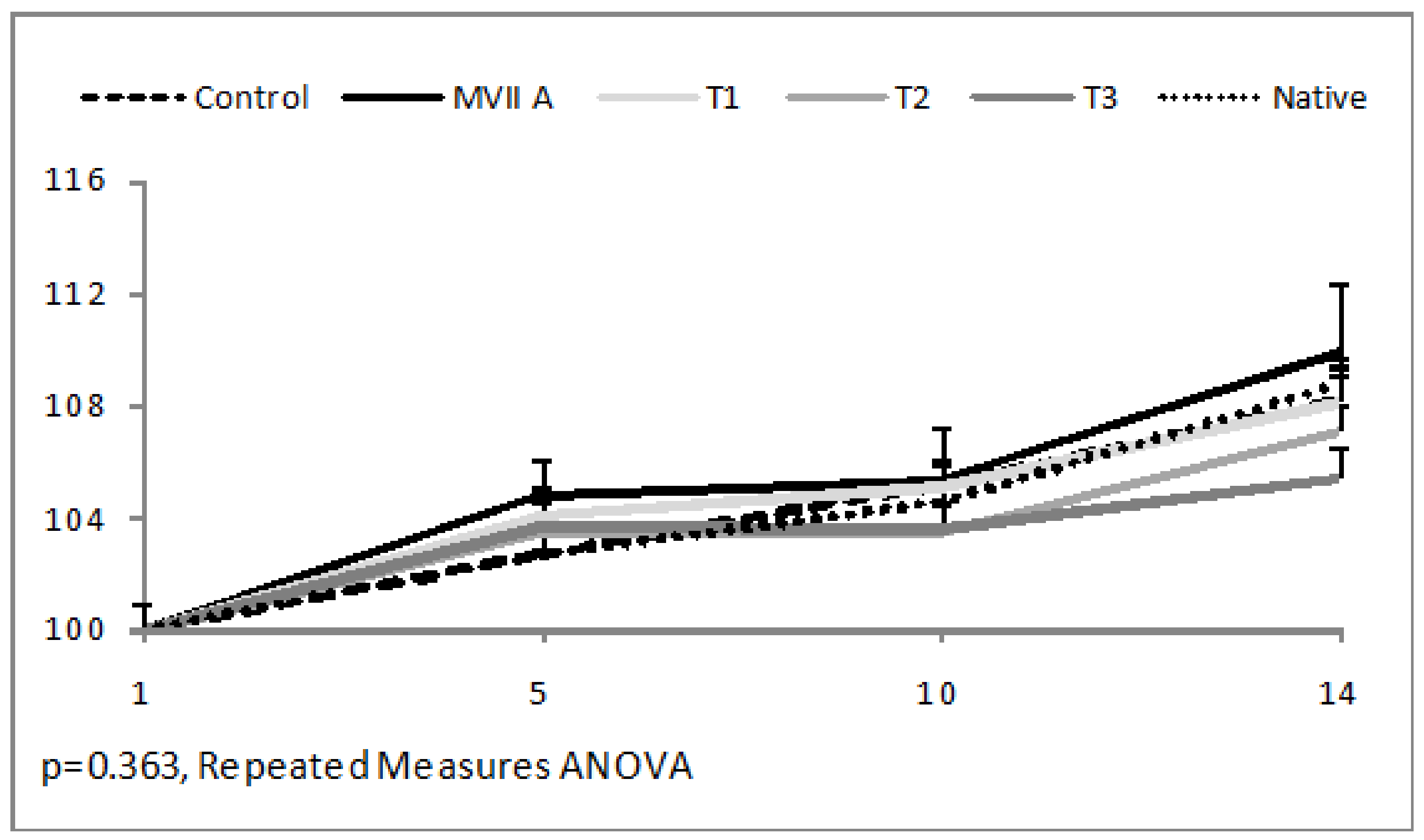
Toxins Free FullText Acute Toxicity of the, Risk factors for snake bites include male sex, handling or disturbing a snake, and owning a venomous snake. The majority of the toxic enzymes in venomous snakes are phospholipases, more specifically a phospholipase a2. Renal pathologic changes include tubular necrosis, cortical necrosis, interstitial nephritis, glomerulonephritis, and vasculitis. Snake pla 2 enzymes provoke diverse. Of about 3000 snake species throughout the.
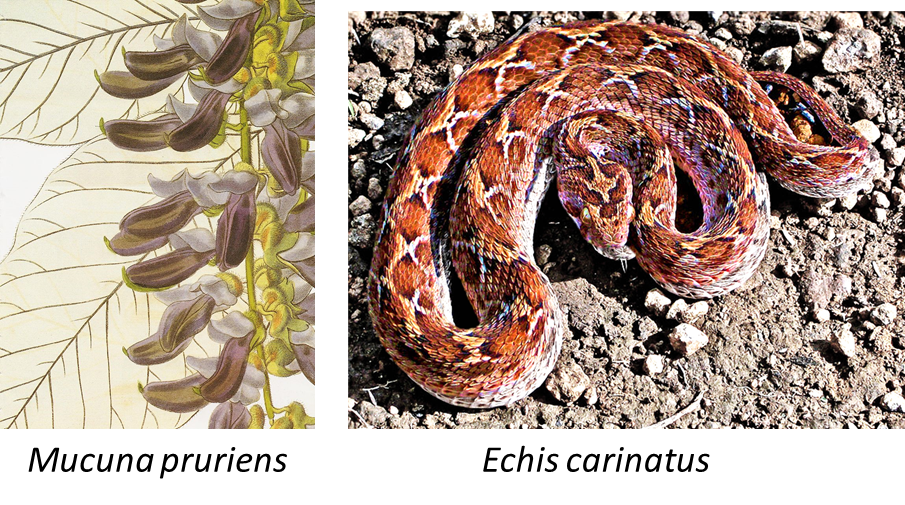
ECHIS CARINATUS SNAKE VENOM PDF, Venom is injected into the fatty layer beneath the skin. The clinical syndromes which are associated with snakebite are variable. Venomous snakes are well known as rich sources of toxins among other venomous species and their venoms are the most highly developed and extremely complex of all natural venoms. This rod of asclepius has continued to be used today which.

(PDF) Nano gold conjugation, antiarthritic potential and, While minor reactions consist only of local pain and swelling, severe reactions may include muscular weakness or paralysis, respiratory failure, hemorrhage, hypotension, shock, and death. The median lethal dose (ld 50) of a venom is the dose required to kill half the members of a tested population after a specified test duration. Venomous snakes are well known as rich sources.

Pit Vipers/Crotalids, It is inconceivable that some of the most toxic components of the snake venoms are phospholipase a 2 (pla 2) enzymes, for they also have extremely important biochemical role in physiological processes such as maintenance of membrane homeostasis, membrane repair, cell proliferation, inflammation, signal transduction, etc. Venomous snakes are well known as rich sources of toxins among other venomous species.

Dangerous kind of caterpillar Lon Fun Bugs, Snake venoms are usually classified as. It is inconceivable that some of the most toxic components of the snake venoms are phospholipase a 2 (pla 2) enzymes, for they also have extremely important biochemical role in physiological processes such as maintenance of membrane homeostasis, membrane repair, cell proliferation, inflammation, signal transduction, etc. Information on the character and level of toxicity.
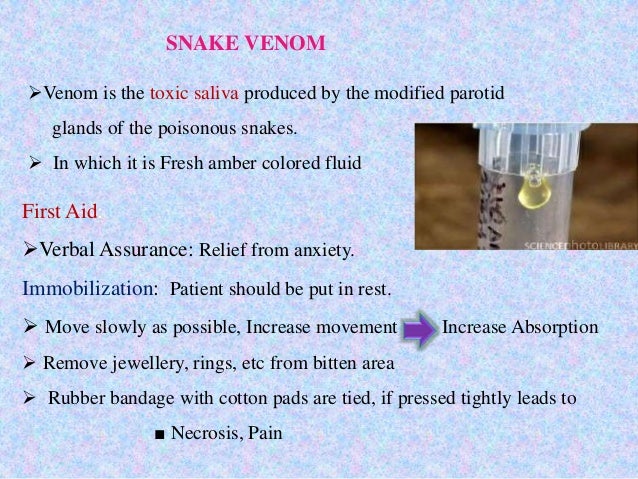
Poisoning, There are four methods in which the ld 50 test is measured: As a result they act on cell membranes, leading to neurotoxic, myotoxic, haemotoxic, cardiotoxic and nephrotoxic effects. The analgesics morphine and tramadol do not alter the acute toxicity induced by bothrops asper snake venom in mice toxicon. • composition (toxins, enzymes) • variable quantity, potency, action 40 to.

Acute adverse reactions to antivenom serum in patients, • composition (toxins, enzymes) • variable quantity, potency, action 40 to 50 % of bites are known as « dry bites » where venom is not actually injected which means no envenomation is possible. Tragically, snake envenomation is a significant health and economic burden worldwide. While minor reactions consist only of local pain and swelling, severe reactions may include muscular.

The burden of treating snake bite victims Daily Monitor, Venomous snakes have in common the ability to inject or inoculate, using modified teeth called fangs, venom secreted by oral glands. Renal pathologic changes include tubular necrosis, cortical necrosis, interstitial nephritis, glomerulonephritis, and vasculitis. Hematologic changes predominate in crotalid and viperid envenomation. Risk factors for snake bites include male sex, handling or disturbing a snake, and owning a venomous snake..

Purification and Biochemical Characterization of Three, Abstract the crude venom of the snake crotalus durissus collilineatus (cdc) promotes neurological signs and symptoms in accidents involving humans and animals and the victims reports analgesia at the. The median lethal dose (ld 50) of a venom is the dose required to kill half the members of a tested population after a specified test duration. It is inconceivable that.
Risk factors for snake bites include male sex, handling or disturbing a snake, and owning a venomous snake.
The type of venom depends on the snake species. Snake venoms are usually classified as. Venom is injected directly into a vein. Venomous snakes have in common the ability to inject or inoculate, using modified teeth called fangs, venom secreted by oral glands. Tragically, snake envenomation is a significant health and economic burden worldwide.







